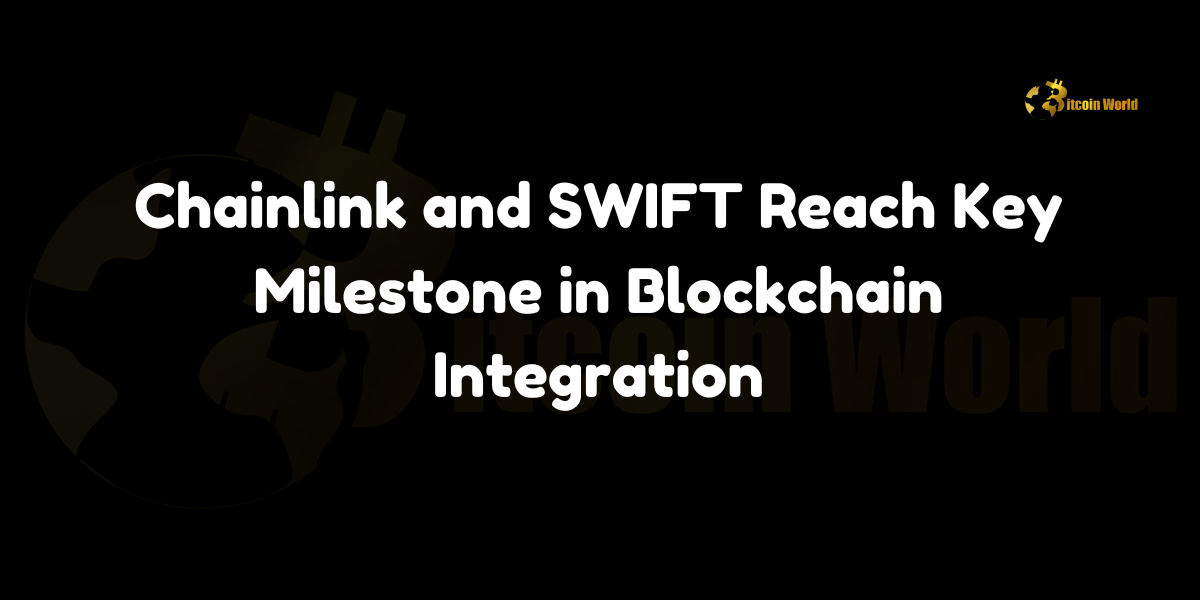Fractal Bitcoin Addresses Block Filling Issue, Explains Impact of Bitcoin Mainnet Mechanisms
Fractal Bitcoin, a scalability network designed to enhance Bitcoin’s transaction throughput, has recently addressed user concerns regarding incomplete block filling on its mainnet. The project took to X (formerly Twitter) to clarify the root cause of the issue, which users had initially suspected to be a flaw within Fractal Bitcoin’s block explorer. However, the team explained that the problem is tied to specific mechanisms of Bitcoin’s mainnet, highlighting certain limitations in how Bitcoin blocks are filled, particularly during periods of high transaction fees.
Fractal Bitcoin’s response sheds light on how Bitcoin miners prioritize transactions based on fees and the block size and signature operation limits imposed by the Bitcoin protocol. These constraints can affect how efficiently blocks are filled, especially when a large number of high-fee multisig transactions are processed. By offering this explanation, Fractal Bitcoin aims to reassure its users that the incomplete blocks are not due to a bug but are instead a consequence of Bitcoin’s inherent design.
The Block Filling Issue: An Overview
The issue raised by users involved blocks on the Fractal Bitcoin mainnet that appeared to be incompletely filled, meaning not all available block space was being utilized to process transactions. Some users speculated that this could be due to a flaw in Fractal Bitcoin’s systems, particularly its block explorer, which tracks and displays block data.
In response, Fractal Bitcoin clarified that the problem is not a bug in their system but is instead related to the mechanisms of Bitcoin’s mainnet that govern transaction processing. According to the project, Bitcoin blocks can remain partially filled when miners prioritize high-fee transactions, and block size and signature operation (SIG) limits come into play.
Bitcoin’s Transaction Prioritization and Fee Dynamics
Bitcoin miners play a crucial role in determining which transactions are processed in a block. Miners generally prioritize transactions that offer higher fees, as these are more profitable to include in a block. This practice is standard in the Bitcoin network, where block space is a finite resource, and miners must maximize their earnings by processing transactions that pay the most in fees.
However, this prioritization can create issues when the network experiences a surge in high-fee transactions, particularly multisig transactions that require multiple digital signatures to be verified. These transactions can quickly reach Bitcoin’s signature operation limits, which cap the number of signature operations that can be processed in a single block.
Fractal Bitcoin explained that when a large volume of high-fee multisig transactions occurs, blocks may reach the 80,000 SIG limit before all available block space is utilized. Once this limit is hit, no further transactions can be included in the block, even if there is remaining space in terms of block size. This results in blocks that appear incompletely filled.
Understanding the Signature Operation Limit
The signature operation limit is a key component of Bitcoin’s consensus mechanism designed to prevent denial-of-service (DoS) attacks on the network. By capping the number of signature operations per block, the network ensures that no single block can become too computationally expensive to process, which would otherwise slow down the entire blockchain and open up vulnerabilities.
However, this limit can also constrain the number of transactions processed in a block, especially when there is a high demand for multisig transactions. In a situation where numerous high-fee multisig transactions are waiting to be confirmed, the block can hit the 80,000 SIG cap before it reaches its full block size capacity, effectively leaving some space unfilled.
Fractal Bitcoin emphasized that this phenomenon is a result of Bitcoin’s mainnet mechanisms and is not a bug in its block explorer or the broader Fractal Bitcoin network.
Fractal Bitcoin’s Response and Monitoring Efforts
In its statement, Fractal Bitcoin assured users that the team is closely monitoring the situation and is actively working to improve overall network performance. The project highlighted its commitment to addressing any user concerns and optimizing how transactions are processed on its scalability network.
Fractal Bitcoin’s team noted that they are investigating potential improvements to transaction handling and block space utilization to mitigate the impact of Bitcoin’s SIG limits. While these limitations are inherent to Bitcoin’s protocol, Fractal Bitcoin is exploring ways to enhance its system’s efficiency, ensuring that users continue to benefit from a smoother experience on the network.
In addition, the project is considering further transparency measures in its block explorer to help users better understand the mechanics behind block filling and the constraints imposed by Bitcoin’s consensus rules.
Bitcoin Mainnet’s Scalability Challenges
The issue raised by Fractal Bitcoin brings to light some of the broader scalability challenges that the Bitcoin network faces. As Bitcoin adoption continues to grow, the demand for faster and more efficient transaction processing is rising, putting pressure on the network’s ability to scale while maintaining its security and decentralization.
Although Bitcoin’s block size and signature operation limits serve important roles in maintaining the network’s integrity, they also highlight the need for innovative solutions to overcome scalability bottlenecks. Projects like Fractal Bitcoin, which focus on enhancing scalability through layer-2 solutions and other improvements, play a key role in ensuring that the Bitcoin network can meet the demands of its growing user base.
However, as Fractal Bitcoin has demonstrated, even these solutions must work within the constraints of Bitcoin’s mainnet mechanisms, which can occasionally result in suboptimal outcomes, such as incomplete block filling.
Conclusion: Addressing User Concerns and Optimizing Performance
The response from Fractal Bitcoin sheds light on the complexities of Bitcoin’s mainnet and the factors that influence how transactions are processed. While the issue of incomplete block filling may have raised concerns among users, Fractal Bitcoin’s explanation underscores that the root cause lies in the inherent mechanisms of the Bitcoin protocol, not in the scalability network itself.
By addressing user concerns transparently and actively working to improve network performance, Fractal Bitcoin is demonstrating its commitment to providing a high-quality experience for its users. As the project continues to monitor the situation and explore potential solutions, users can expect ongoing improvements to how transactions are handled and blocks are filled.
Internal Link Reference
For more insights, explore our comprehensive guide to Bitcoin scalability, where we discuss the latest developments in enhancing transaction throughput and network efficiency.





